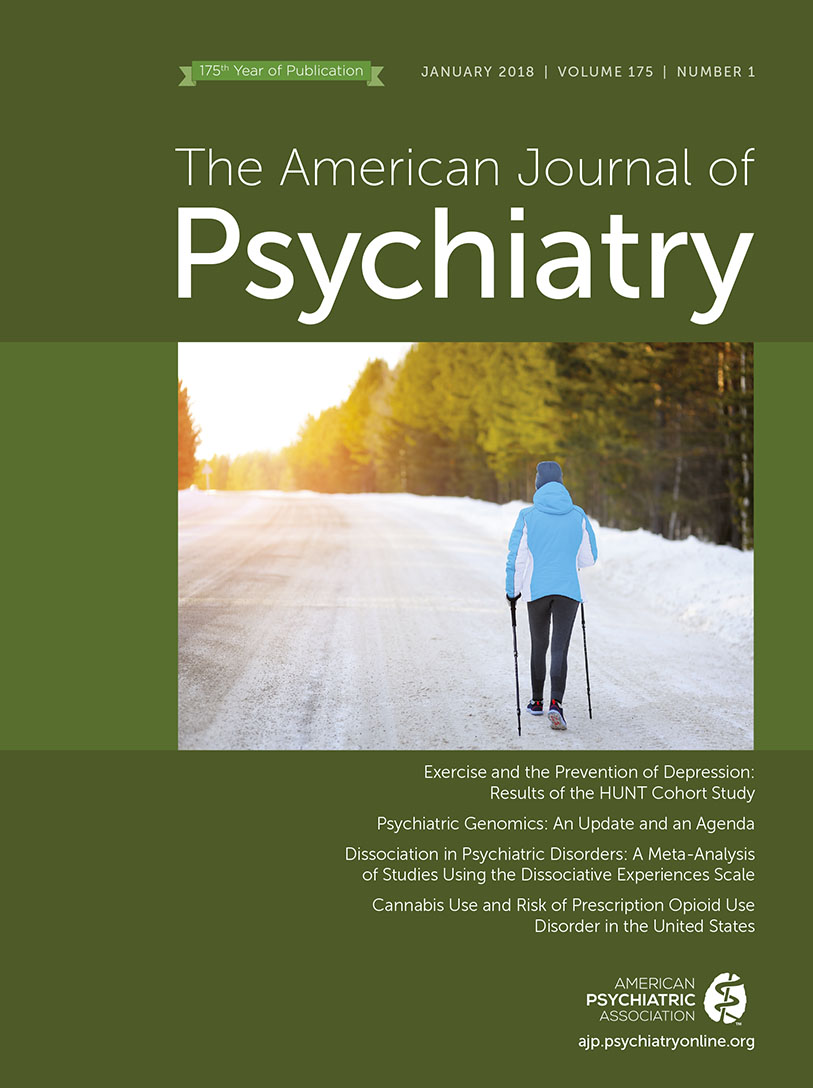Psychiatric Genomics: An Update and an Agenda
Abstract
The Psychiatric Genomics Consortium (PGC) is the largest consortium in the history of psychiatry. This global effort is dedicated to rapid progress and open science, and in the past decade it has delivered an increasing flow of new knowledge about the fundamental basis of common psychiatric disorders. The PGC has recently commenced a program of research designed to deliver “actionable” findings—genomic results that 1) reveal fundamental biology, 2) inform clinical practice, and 3) deliver new therapeutic targets. The central idea of the PGC is to convert the family history risk factor into biologically, clinically, and therapeutically meaningful insights. The emerging findings suggest that we are entering a phase of accelerated genetic discovery for multiple psychiatric disorders. These findings are likely to elucidate the genetic portions of these truly complex traits, and this knowledge can then be mined for its relevance for improved therapeutics and its impact on psychiatric practice within a precision medicine framework.
[AJP at 175: Remembering Our Past As We Envision Our Future
November 1946: The Genetic Theory of Schizophrenia
Franz Kallmann’s influential twin study of schizophrenia in 691 twin pairs was the largest in the field for nearly four decades. (Am J Psychiatry 1946; 103:309–322)]



